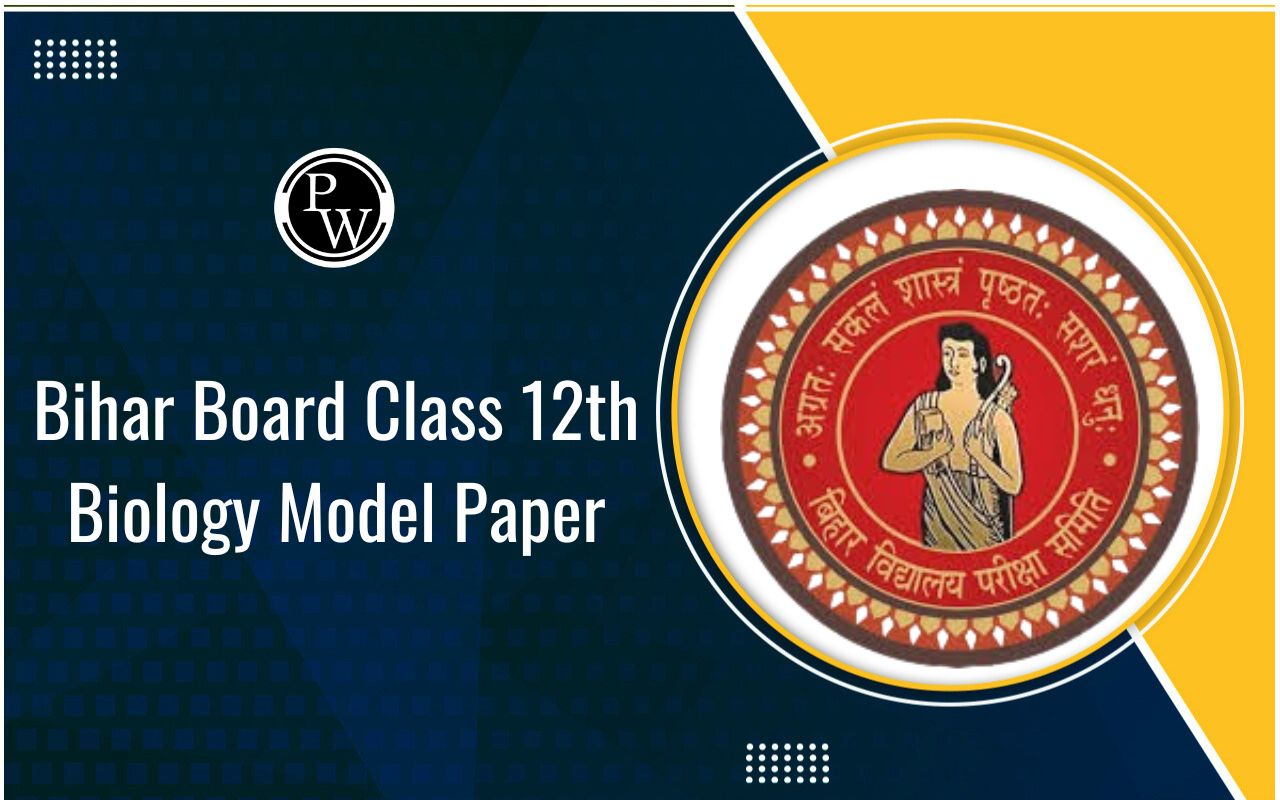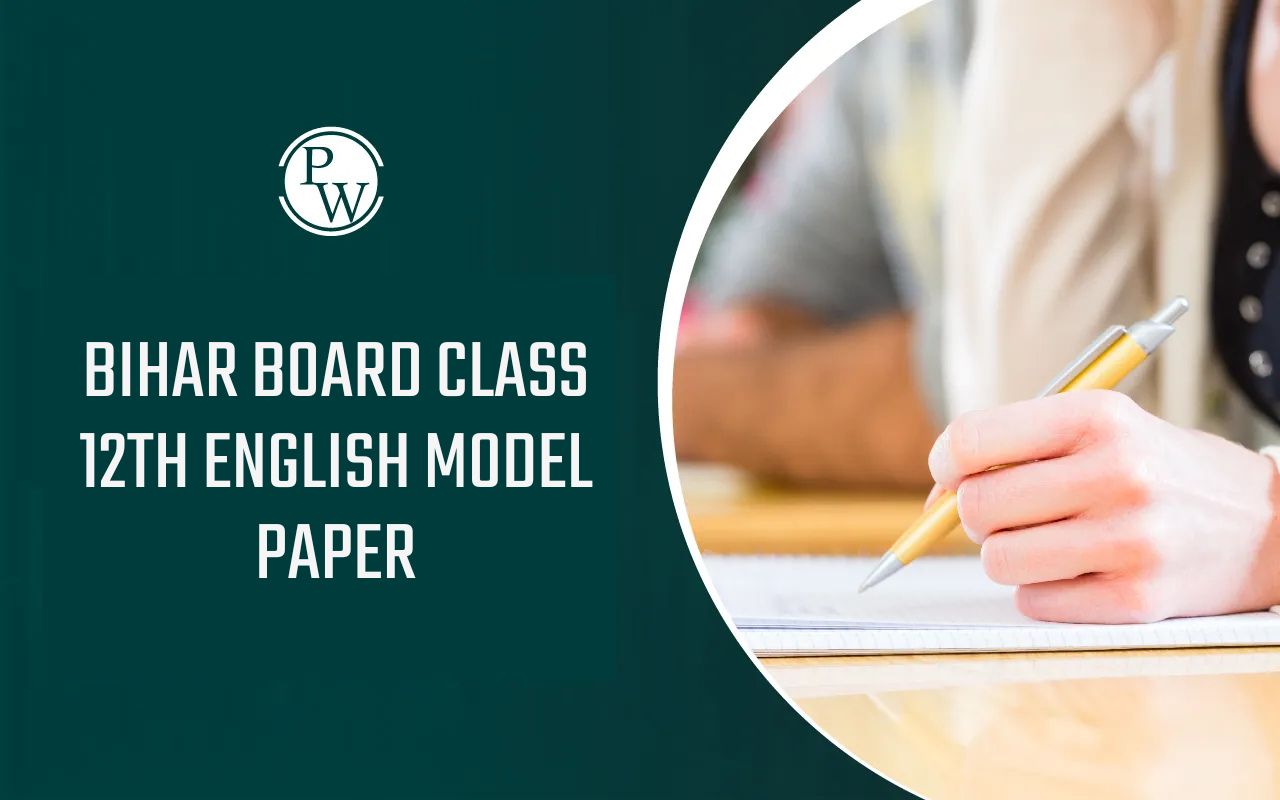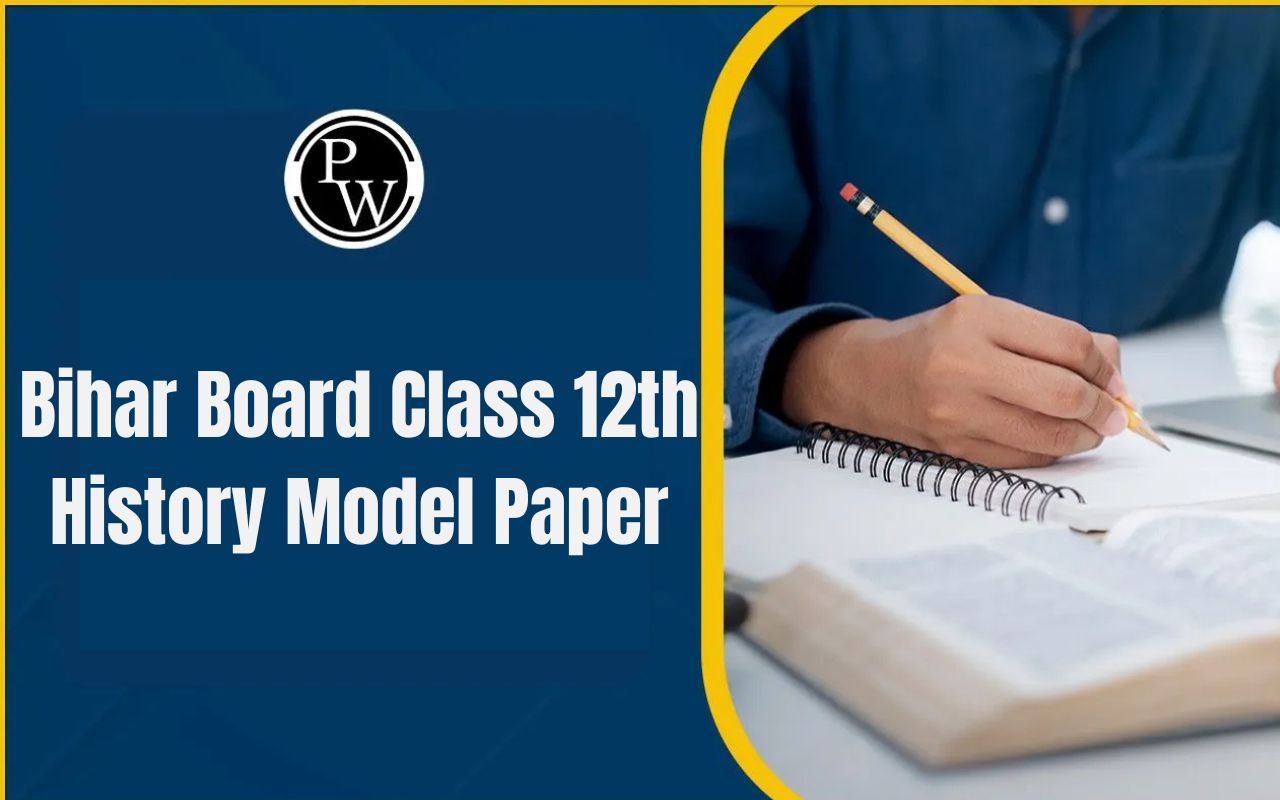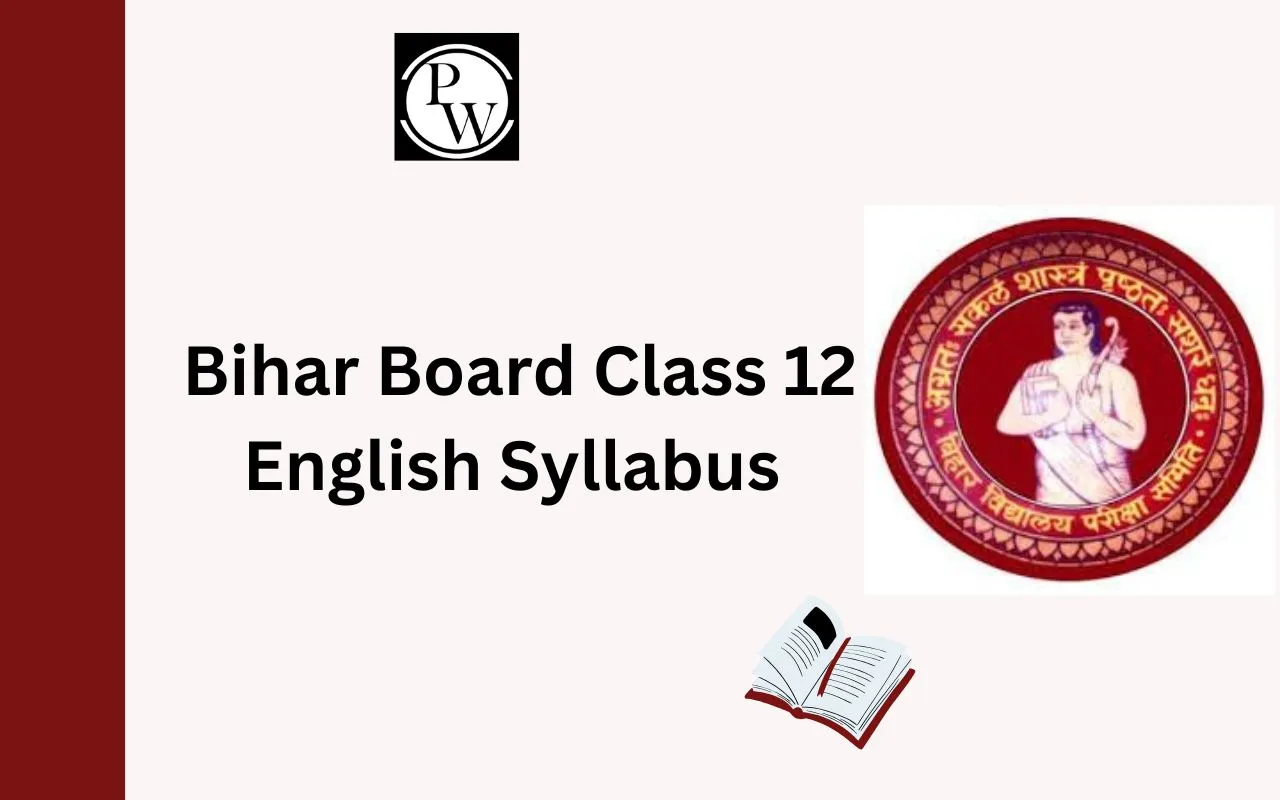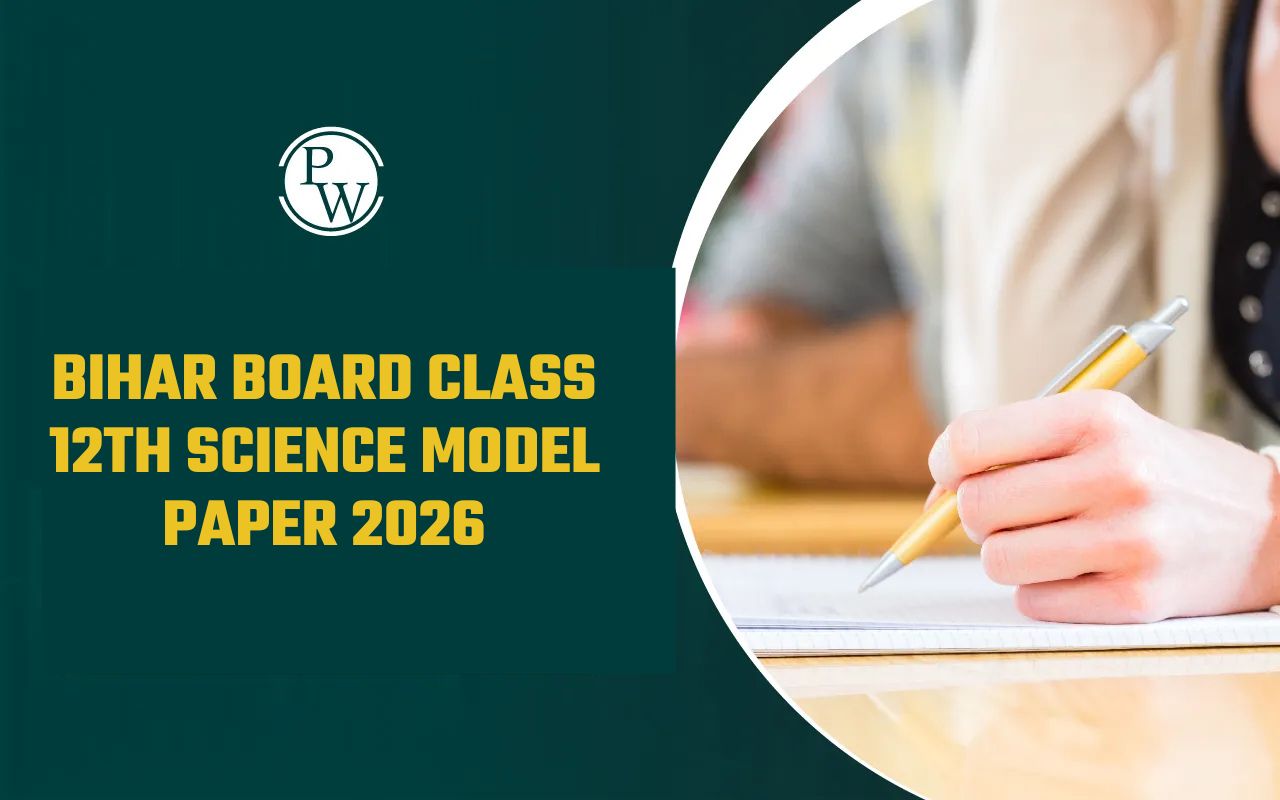
BSEB Class 12 Maths Notes: Mathematics under Bihar Board Class 12 requires understanding of concepts and applying them with accuracy. It is important for students to stay aligned with the official syllabus while preparing for board exams as most questions are directly based on topics.
For this, well-structured notes can help. The Bihar Board Class 12 Maths Notes are created to explain every chapter in a simple and systematic manner. For chapters like Differential equations, Matrices, Relations and Functions these well-written notes can help you prepare thoroughly for the board exams.
BSEB Class 12 Maths Notes Download PDF
BSEB Class 12 Maths Notes PDFs for all the chapters are attached here. These notes follow the latest Bihar Board Class 12th syllabus and focus on important concepts.
Note: The notes for the remaining chapters will be added here after completion.
|
BSEB Class 12 Maths Notes Download PDF |
||
|
Unit Name |
Chapter Name |
Download PDF |
|
UNIT-I: RELATIONS AND FUNCTIONS |
Relations and Functions |
Download PDF |
|
Inverse Trigonometric Functions |
Download PDF |
|
|
UNIT-II: ALGEBRA |
Matrices |
|
|
Determinants |
Download PDF |
|
|
UNIT-III: CALCULUS |
Differentiability |
Download PDF |
|
Applications of Derivatives |
Download PDF |
|
|
Indefinite Integrals |
Download PDF |
|
|
Definite Integrals |
Download PDF |
|
|
Application of Integrals |
Download PDF |
|
|
Differential Equations |
Download PDF |
|
|
UNIT-IV: VECTORS AND THREE-DIMENSIONAL GEOMETRY |
Vectors |
Download PDF |
|
Introduction to Three-Dimensional Geometry |
Download PDF |
|
|
UNIT-V: LINEAR INEQUATIONS AND LINEAR PROGRAMMING |
Linear Inequations |
Download PDF |
|
Linear Programming |
Download PDF |
|
|
UNIT-VI: PROBABILITY |
Probability |
Download PDF |
Chapters Included in BSEB Class 12 Maths
Here’s an overview of the main chapters and key subtopics covered in Bihar Board Class 12 Maths syllabus 2025-26:
|
Chapters Included in BSEB Class 12 Maths |
|
|
Unit Name |
Sub-Topics |
|
UNIT-I: RELATIONS AND FUNCTIONS |
1. Relations and Functions: Types of relations (Reflexive, Symmetric, Transitive), Equivalence relations, Composite functions, Inverse of a function, Binary operations. 2. Inverse Trigonometric Functions: Elementary concepts and properties, Definition, Range, Domain, General and Principal value branches, Graphs, Elementary properties. |
|
UNIT-II: ALGEBRA |
1. Matrices: Concept, Notation, Order, Equality, Types of matrices, Zero matrix, Transpose, Symmetric and Skew-symmetric matrices, Addition, Multiplication, Scalar multiplication, Properties, Non-commutativity, Zero-divisors, Row and column operations, Adjoint, Invertible matrices, Uniqueness of inverse (if exists). 2. Determinants: Up to 3×3 matrices, Properties, Minors, Cofactors, Area of triangle, System of linear equations, Consistency, Inconsistency, Solutions using matrix inversion. |
|
UNIT-III: CALCULUS |
1. Differentiability: Derivatives at a point, Composite functions, Chain rule, Implicit functions, Inverse circular functions, Exponential and logarithmic functions, Logarithmic differentiation, Derivatives in parametric forms, Up to order three, Rolle’s and Lagrange’s mean value theorem (without proof). 2. Applications of Derivatives: Rate of change, Geometric interpretation, Increasing/decreasing functions, Tangents & Normals, Approximation, Maxima & Minima. 3. Indefinite Integrals. 4. Definite Integrals: Limit of sum, Properties, Fundamental theorem of calculus (without proof), Evaluation. 5. Application of Integrals: Area under curves, Circles, Parabolas, Ellipses (standard form), Area between curves. 6. Differential Equations: Definition, Order, Degree, General/Particular solutions, Solution methods (separation of variables, homogeneous differential equations, linear differential equations of the form dy/dx + p(x)y = q(x)), Applications. |
|
UNIT-IV: VECTORS AND THREE-DIMENSIONAL GEOMETRY |
1. Vectors: Scalars & vectors, Magnitude, Direction, Direction cosines/ratios, Types of vectors (equal, unit, zero, parallel, collinear), Position vector, Negative of a vector, Local and free vectors, Components, Addition, Multiplication by scalars, Division of line segment, Scalar & vector product, Projection, Scalar & vector triple product. 2. Introduction to Three-Dimensional Geometry: Coordinate axes/planes, Coordinates of a point, Distance, Section formula, Direction cosines/ratios, Cartesian equations of line/plane, Angles between lines/planes, Distance from point to plane/line, Collinearity, Coplanarity, Intersection conditions. |
|
UNIT-V: LINEAR INEQUATIONS AND LINEAR PROGRAMMING |
1. Linear Inequations: Algebraic solutions (one variable), Graphical solutions (one & two variables), Systems of linear inequations in two variables (graphical). 2. Linear Programming: Introduction, Definitions, Constraints, Objective function, Optimization, Types of problems, Formulation, Graphical solutions (up to three non-trivial constraints), Feasible/infeasible solutions, Optimal solutions. |
|
UNIT-VI: PROBABILITY |
1. Probability: Multiplication theorem, Conditional probability, Independent events, Total probability, Bayes’ theorem, Random variable, Probability distribution, Mean & variance of random variable, Repeated independent trials (Bernoulli), Binomial distribution. |
How to use BSEB Class 12 Maths Notes for Boards Preparation?
Using BSEB Class 12 notes effectively can make a big difference in how well you perform in the board exams. These notes are helpful for effective revision before board exams.
-
Begin Your Revision with Notes First
Before going forward with question banks or sample papers, start your preparation by reading chapter-wise notes. They help you build a foundation by revising important concepts quickly.
-
Highlight Important Formulas
As you study from the notes, mark all key formulas, identities, and theorems. Revisiting these highlighted parts later will save time and improve recall during exams.
-
Use Notes for Revision
BSEB Class 12 Maths Notes can help you with revision before class tests and pre-boards. Since every important concept and theorem is given, you can revise the entire chapter in 15–20 minutes without missing anything important.
-
Combine Notes with Previous Year Questions
Once you complete a chapter, you can begin solving previous years’ papers. This will help you understand how questions are framed in the board exams and which concepts are frequently repeated.
-
Practice Questions Alongside Each Topic
As you go through the notes, try solving 2–3 questions related to each sub-topic immediately. This helps reinforce what you read and improves your problem-solving speed.
Do’s and Don’ts While Preparing through BSEB Class 12 Maths Notes
Here are some Do’s and Don’ts you should keep in mind while studying from Class 12 Maths notes:
Do’s:
-
Go over the notes frequently to avoid forgetting formulas and methods.
-
Add tricky questions or alternate methods in the margins for future reference.
-
Maths exams require clear, step-by-step solutions, so practice accordingly.
-
While solving questions, time yourself to develop speed alongside accuracy.
Don’ts
-
Don’t rely totally on notes. Use textbooks, NCERT, and sample papers to understand the concepts properly.
-
Don’t skip the theoretical part as understanding the logic behind formulas is as important as memorising them.
-
Don’t ignore diagrams as Graphs and figures in 3D geometry and calculus must be revised properly.
-
Don’t memorize the notes before the exam. Use the notes for consistent revision
-
Don’t copy without thinking. Always try to understand the solution instead of just memorising steps.
BSEB Class 12 Maths Notes FAQs
Where can I download BSEB Class 12 Maths Notes chapter-wise?
Are Bihar Board Class 12 Maths notes based on the latest Bihar Board syllabus?
Are notes useful for last-minute revision?
Do Bihar Board Class 12 Maths notes include important formulas and theorems?
Can Bihar Board Class 12 Maths notes help in scoring better marks in Maths?

